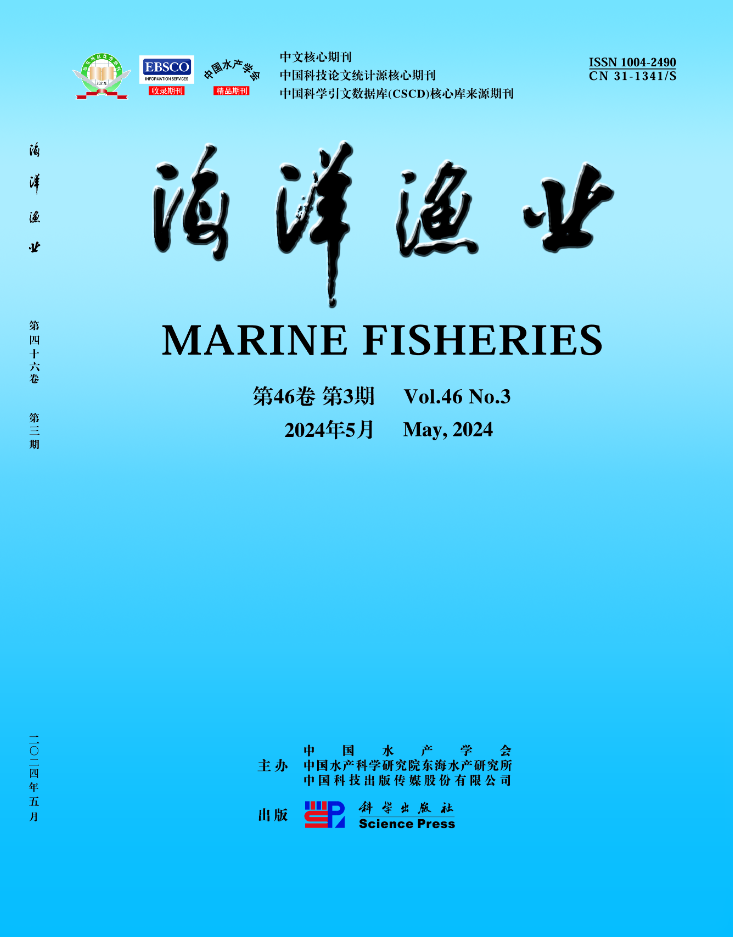在雅加达尼扎姆扎克曼远洋渔港实施金枪鱼可追溯性
引用次数: 0
摘要
尼扎姆扎克曼渔港(PPS尼扎姆扎克曼)是印度尼西亚实施可追溯性的渔港之一,出口目的地为美国和欧盟。然而,先前的研究表明,该渔港的文件记录和鱼类处理活动管理不善。本研究的目的是识别供应链的结构,制定可追溯性的障碍因素,并建议可追溯性的实施行动。通过观察和采访延绳钓金枪鱼渔民和金枪鱼加工企业家收集数据。随后,采用描述性分析和GAP分析对数据进行分析。结果表明,PPS Nizam Zachman的金枪鱼渔业供应链从渔民、鱼类登陆中心开始,到金枪鱼加工行业结束。在可追溯性实施方面,Nizam Zachman渔港83%的活动达到了标准。但是,除了金枪鱼处理程序外,渔民和加工阶段的文件程序仍需改进。妨碍可追溯性的因素包括电子日志填充、金枪鱼在卸载过程中的处理;1)没有每2小时定期检查一次温度;2)装卸速度慢;3)鱼在运输过程中暴露在地板上,运输过程中没有使用冷藏车,没有电子文件。克服可追溯性实施问题的措施有:1)评估和监测渔民的活动;2)定期进行现场质量控制;3)管理政府与非政府组织和金枪鱼渔业行业协会之间的合作。关键词:GAP分析,供应链,可追溯性,金枪鱼出口,金枪鱼处理本文章由计算机程序翻译,如有差异,请以英文原文为准。
Implementation of Tuna Traceability in Ocean Fishing Port of Nizam Zachman Jakarta
Nizam Zachman Fishing Port (PPS Nizam Zachman) is one of fishing ports in Indonesia that implemented traceability and has export-destination to the United States and the European Union. However, previous study showed that documents recording and fish handling activities in the fishing port were poorly managed. Objectives of this study were to identify structure of supply chain, formulate obstacle factors of traceability, and recommend implementation actions of traceability. Data were collected through observation and interviews with longline tuna fishermen and tuna processing entrepreneurs. Subsequently, data were analyzed by applying descriptive and GAP analysis. The results showed that supply chain of tuna fisheries at PPS Nizam Zachman was started from fishermen, fish landing center, and ended at tuna processing industries. Regarding traceability implementation, 83% of activities at the Nizam Zachman fishing port met the standard. However, improvement was still required for documentation process at fishermen and processing phase, in addition to tuna handling procedures. Factors that impede traceability include e-logbooks filling, tuna handling at unloading process; 1) No regular checking on temperature at every 2 hours; 2) slow loading and unloading speed; 3) Fish are exposed to the floor during transportation process, no refrigerated vehicles were used during transportation process, and no electronics documentation. Some actions to overcome traceability implementation problems are: 1) evaluating and monitoring the fishermen activities; 2) doing periodic quality control in the field; 3) managing collaborations between the government and NGOs and tuna fisheries industry associations.Keywords: GAP analysis, supply chain, traceability, tuna export, tuna handling
求助全文
通过发布文献求助,成功后即可免费获取论文全文。
去求助
来源期刊
自引率
0.00%
发文量
4336
期刊介绍:
“Marine Fisheries”started publication in 1979, it mainly covers original research papers and reviews on basic theories and applications of aquaculture and fisheries, including marine biology, mariculture and reproduction, aquatic diseases and prevention, nutrition and feed of aquatic organisms, fishery ecology and environmental protection, development and conservation of marine fishery resources, fishing tools and methods, preservation and comprehensive utilization of aquatic products, fishery machinery and instruments.

 求助内容:
求助内容: 应助结果提醒方式:
应助结果提醒方式:


